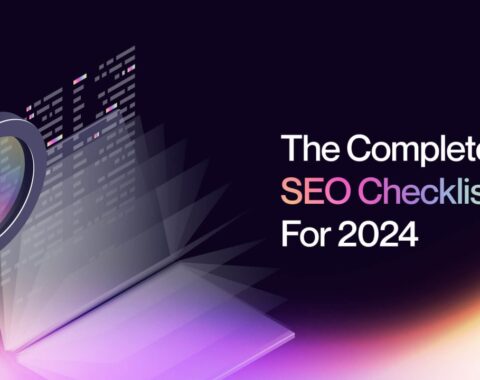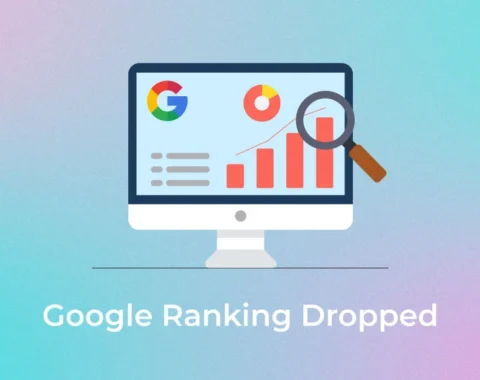Embarking on a design project is an exciting endeavor that holds the potential to bring your vision to life. However, to ensure a successful collaboration and achieve the desired outcomes, effective communication with your designer is paramount. This guide outlines crucial aspects to discuss with your designer before starting a project, fostering a clear understanding and streamlining the creative process.
- Project Objectives and Goals: Clearly articulate the purpose of the project and its overarching goals. Whether it’s a website redesign, logo creation, or marketing collateral, conveying your expectations and desired outcomes will guide the designer in crafting a solution aligned with your vision.
- Target Audience and Brand Persona: Provide insights into your target audience and the personality you want your brand to convey. A thorough understanding of your audience and brand persona enables the designer to create visuals that resonate with your customers and align with your brand identity.
- Budget and Timeline: Establish a realistic budget for the project and communicate any budgetary constraints. Additionally, discuss the project timeline, including key milestones and deadlines. A transparent conversation about budget and timeline ensures that both parties are on the same page from the outset.
- Inspiration and Design Preferences: Share examples of designs, styles, or elements that resonate with you. Whether it’s color schemes, typography, or specific design elements, providing a mood board or references helps the designer grasp your aesthetic preferences and serves as a foundation for the creative process.
- Brand Guidelines (if applicable): If your project involves existing brand guidelines, share these with the designer. Consistency in branding is crucial, and adhering to established guidelines ensures that the new design seamlessly integrates with your existing brand assets.
- Competitor Analysis: Discuss your competitors and highlight any design elements or styles that you admire or want to avoid. Analyzing competitors’ designs helps the designer create something distinctive while ensuring your brand remains competitive within your industry.
- Functional Requirements: Clearly outline any functional requirements, especially for web and app design projects. Discuss features, user interface considerations, and any specific functionalities crucial to the success of the project. This ensures that the final design not only looks appealing but also serves its intended purpose effectively.
- Feedback and Revisions Process: Establish a transparent feedback and revisions process. Clearly communicate how feedback will be provided, the number of revision rounds included, and the timeline for feedback implementation. This helps manage expectations and ensures a smooth collaboration throughout the design process.
- Communication Channels: Define the primary communication channels and preferred methods of contact. Whether it’s email, project management tools, or regular meetings, establishing clear communication channels ensures that both parties stay connected and informed throughout the project.
- File Formats and Deliverables: Discuss the expected deliverables and the preferred file formats. Whether it’s print-ready files, web-optimized graphics, or source files, a clear understanding of deliverables ensures that you receive the necessary assets for future use.
Conclusion
Effective communication is the cornerstone of a successful design project. By openly discussing project objectives, budget, timeline, design preferences, and other critical elements, you set the stage for a collaborative and fruitful partnership with your designer. This proactive approach not only streamlines the creative process but also ensures that the final deliverables align with your vision and business objectives.



